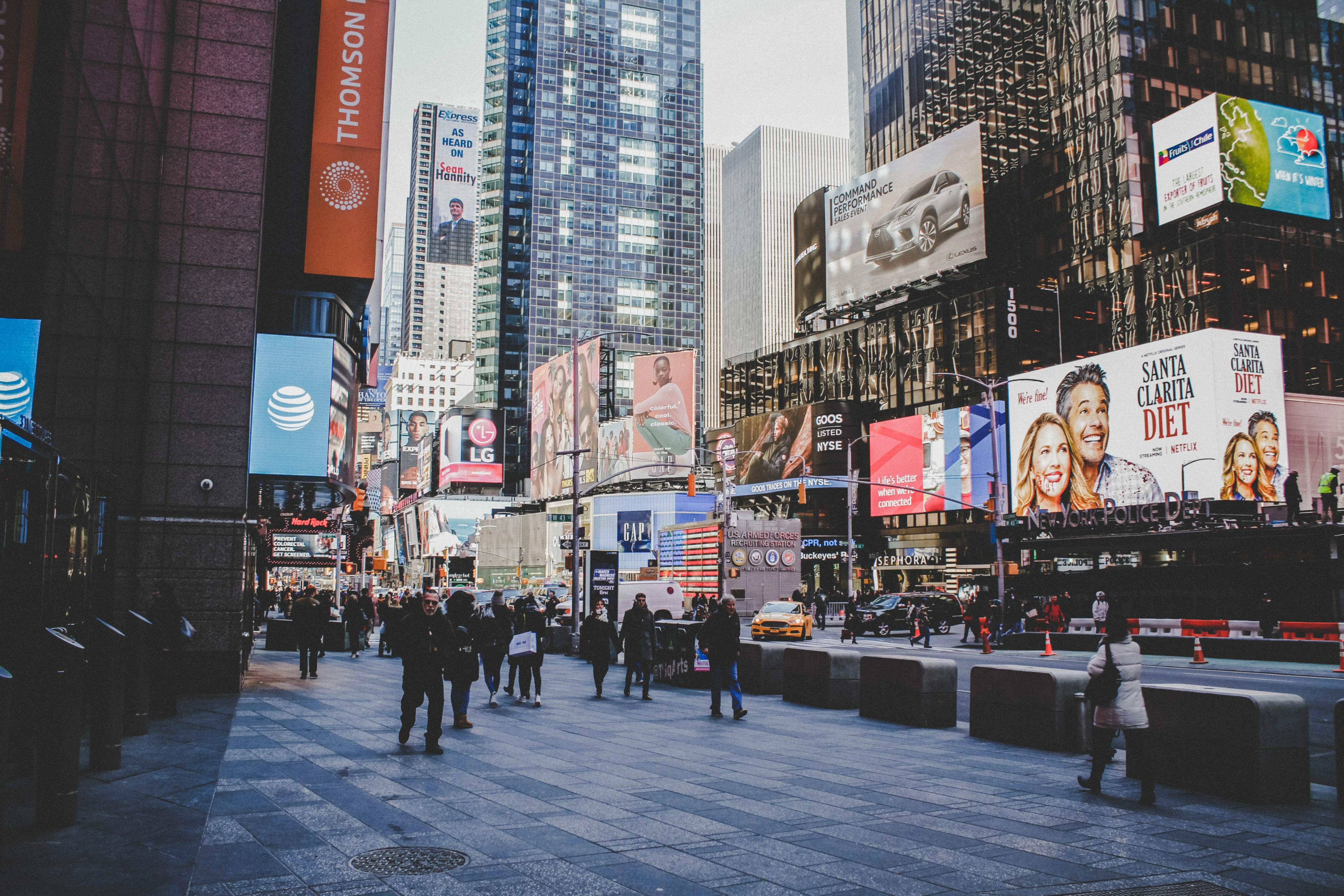
Member Article
The high street is not dead: over half of EMEA consumers prefer shopping in physical stores
Key takeaways:
● 53% of consumers across EMEA prefer shopping in physical stores and want to see more in-store innovation.
● Digital trends have shifted consumer demands in user experience and the retail landscape.
● Understanding the new psyche of today’s savvy shopper will allow marketers to identify who their customers really are.
● As consumers increasingly expect a multi-channel shopping experience, real-world intelligence proves more important than ever for marketers trying to effectively target the right customers.
London, 1st July 2019: A new report launched today by Blis, the global leader in real-world intelligence, has found that innovation in bricks and mortar stores will breathe new life into the fragile status of the high street. Created to highlight the importance of real-world intelligence for retail brands, this report shows that we are experiencing a retail renaissance, where consumers are looking for a multi-channel shopping experience that blends the offline and online worlds.
Blis found that 60% of today’s shoppers use the internet for researching products but ultimately make final purchases in-store. While research is key for many, impulse buying is still popular. And of those who consider themselves impulse buyers, over half say that they have been driven in-store by mobile ads whilst outdoors, the majority of which (89%) ended up purchasing the respective product as a result of the ad.
“Despite headlines about the ‘death of the high street’, we are heartened to see that more than half of consumers still crave that in-store experience to touch and feel the products they buy. In this new era of retail, real-world intelligence informed by location data is an essential tool for targeting shoppers while they are out and about, as it allows brands to understand the truth about what people are actually doing. Marketers should wield this tool when targeting impulse buyers in particular, the majority of whom have been directly influenced by ads to make in-store purchases.” Diane Perlman, Blis, CMO
Further insights uncover how digital trends have shifted consumer demands in user experience and the retail landscape. Blis found that 63% of all shoppers use their mobile when shopping, a practice that 25-34 year olds do in the greatest number (80%). But many want to see physical stores themselves adopt digital features. 32% said they would like there to be a self-checkout option to speed up payments, while 27% of consumers would be more inclined to make in-store purchases if brands offer augmented reality or digital try-on functionalities, which enhance the shopping experience. So, as online and offline shopping habits blend together, brands should prepare to offer a new hybrid shopping experience.
Blis’ report also reveals the importance of understanding the shopper psyche in this new era, which will allow brands to connect with their audience on a deeper level. Findings show that most shoppers (60%) today are ‘Savvy Shoppers’, carefully searching for the best value-for-money deals online before purchasing in-store. A further 36% of shoppers perceive themselves as ‘Bargain Hunters’, specifically looking for the cheapest deals they can find. While 57% of those who were full-time employed said they were impulse buyers. These shoppers are strongly influenced by OOH advertising, with 67% of 25-34 year-olds said ‘yes’ to going in-store after seeing an outdoor ad. Therefore, in this retail renaissance, insights drawn from real-world intelligence will enable marketers to provide the right message to the right kind of shopper at the right time.
Further stats include:
▪ Compared to 36% of Bargain Hunters, just 8% see themselves as negotiators – people willing to haggle for a cheaper deal.
▪ 33% of respondents say they have been influenced to make a purchase in-store following an advert on their mobile or desktop.
▪ 33% of respondents are open to providing personal information at the entrance of a store in exchange for vouchers.
For UK marketers, Blis’ report also highlights some of the key consumer trends that have emerged since Brexit. The report finds that 43% of Brits say their shopping habits will be affected by Brexit, with over half of those (55%) citing ‘less disposable income’ as a specific impact. This is a worry shared by people across all employment statuses and, as a result, 40% have stockpiled items – the main types of which are food products (49%) and then household items (44%).
Blis partnered with Sapio Research to interview thousands of consumers across the EMEA region, balancing the data gathered by age and gender to ensure representative results. The report highlights key consumer trends in four sections: the savvy shopper and bargain hunter; where the digital and real worlds collide; the power of impulse; sealing the deal.
This was posted in Bdaily's Members' News section by Blis .
Enjoy the read? Get Bdaily delivered.
Sign up to receive our popular morning London email for free.




 test article 123456789
test article 123456789
 hmcmh89cg45mh98-cg45hm89-
hmcmh89cg45mh98-cg45hm89-
 test456456456456456456
test456456456456456456
 test123123123123123123
test123123123123123123
 test xxxdiosphfjpodskhfiuodsh
test xxxdiosphfjpodskhfiuodsh
 Savour the flavour: North Tyneside Restaurant Week returns for 2024
Savour the flavour: North Tyneside Restaurant Week returns for 2024
 Six steps to finding the right buyer for your business
Six steps to finding the right buyer for your business
 Stephen signs off on a special night
Stephen signs off on a special night
 Life’s a Peachaus: Gillian Ridley Whittle
Life’s a Peachaus: Gillian Ridley Whittle
 Making a splash: Phil Groom
Making a splash: Phil Groom
 Making workplace wellbeing a priority
Making workplace wellbeing a priority
 A record of delivery, a promise of more: Ben Houchen
A record of delivery, a promise of more: Ben Houchen